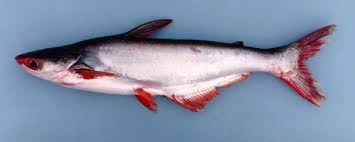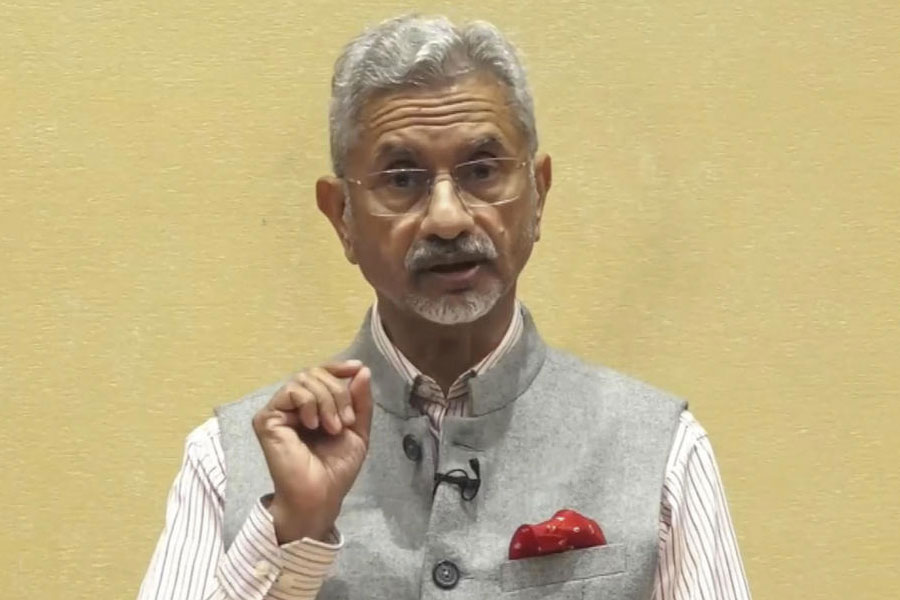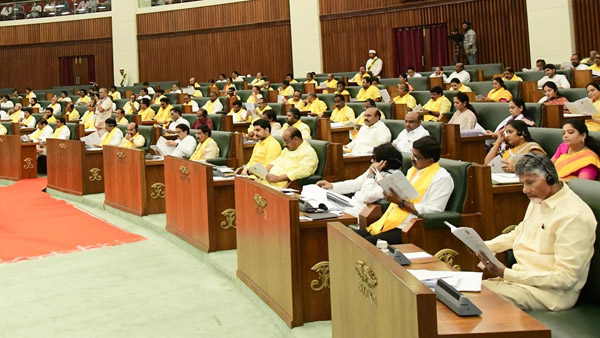New fishes on Telanganas menu
Wed 22 Apr 2015

Hyderabad: Gourmets who love fish will have wider choice of fish species in city markets soon. This is due to the Telangana Government’s new initiative on raising productivity in fresh water fisheries through adoption of latest technology. Blue Revolution is reckoning the State with the State Agriculture and Fisheries ministry’s Cage Culture Technology Demonstration Project, which is set to be launched in six major reservoirs by this month-end. The idea is to bring in the new technology and encourage fishermen and farmers to take up ‘Cage Culture’ on their own.
According to a senior official in the Fisheries department, two varieties of fish - namely, Pangasius and Tilapia, will be grown in these six reservoirs in the cage culture method. The method is popular in countries like Vietnam, China and Cambodia and the State of Jharkhand has adopted the cage culture method successfully in recent years. Both the fish varieties chosen by the fisheries department are known for their low fat content and high levels of protein.
The State
Government decided to adopt the method after Finance Minister Etela Rajender and Agriculture Minister Pocharam Srinivas Reddy visited Jharkhand accompanied by officials of the fisheries department in October 2014. It involves growing fish in cages of 6 metre height, 4 metre width and 4 metre breadth. Two batteries of cages will be dipped in each reservoir. Each battery will consist of 6 cages. Two of them will be nursery cages and four will be grow-out cages.
Government decided to adopt the method after Finance Minister Etela Rajender and Agriculture Minister Pocharam Srinivas Reddy visited Jharkhand accompanied by officials of the fisheries department in October 2014. It involves growing fish in cages of 6 metre height, 4 metre width and 4 metre breadth. Two batteries of cages will be dipped in each reservoir. Each battery will consist of 6 cages. Two of them will be nursery cages and four will be grow-out cages.
Reservoirs identified for the demonstration project include- Koilsagar (Mahabubnagar), Pocharam (Medak), Nizamsagar and Sri Ram Sagar in Nizamabad district, Kadem reservoir (Adilabad) and Lower Maneru Dam (Karimnagar). Officials said the project was estimated to cost Rs 167.56 lakh. Of this, the state government bears Rs 100.56 lakh and the remaining Rs 67 lakh subsidy has been released by the National Fisheries Development Board (NFDB). The government also sent 167 farmers to Chandil reservoir in Jharkhand as part of the ‘Exposure visit’, which was also funded by NFDB.
No Comments For This Post, Be first to write a Comment.
Most viewed from Specials
Most viewed from World
AIMIM News
Delhi Assembly polls: Owaisi leads Padyatra in Okhla
Feb 01, 2025
We reject this Waqf Amendment Bill: Asaduddin Owaisi
Jan 30, 2025
Latest Urdu News
Most Viewed
May 26, 2020
Which team will win the ICC Men's Champions Trophy 2025 held in Pakistan/Dubai?
Latest Videos View All
Like Us
Home
About Us
Advertise With Us
All Polls
Epaper Archives
Privacy Policy
Contact Us
Download Etemaad App
© 2025 Etemaad Daily News, All Rights Reserved.















.jpg)




.jpg)
.jpg)
.jpg)
.jpg)
.jpg)

















